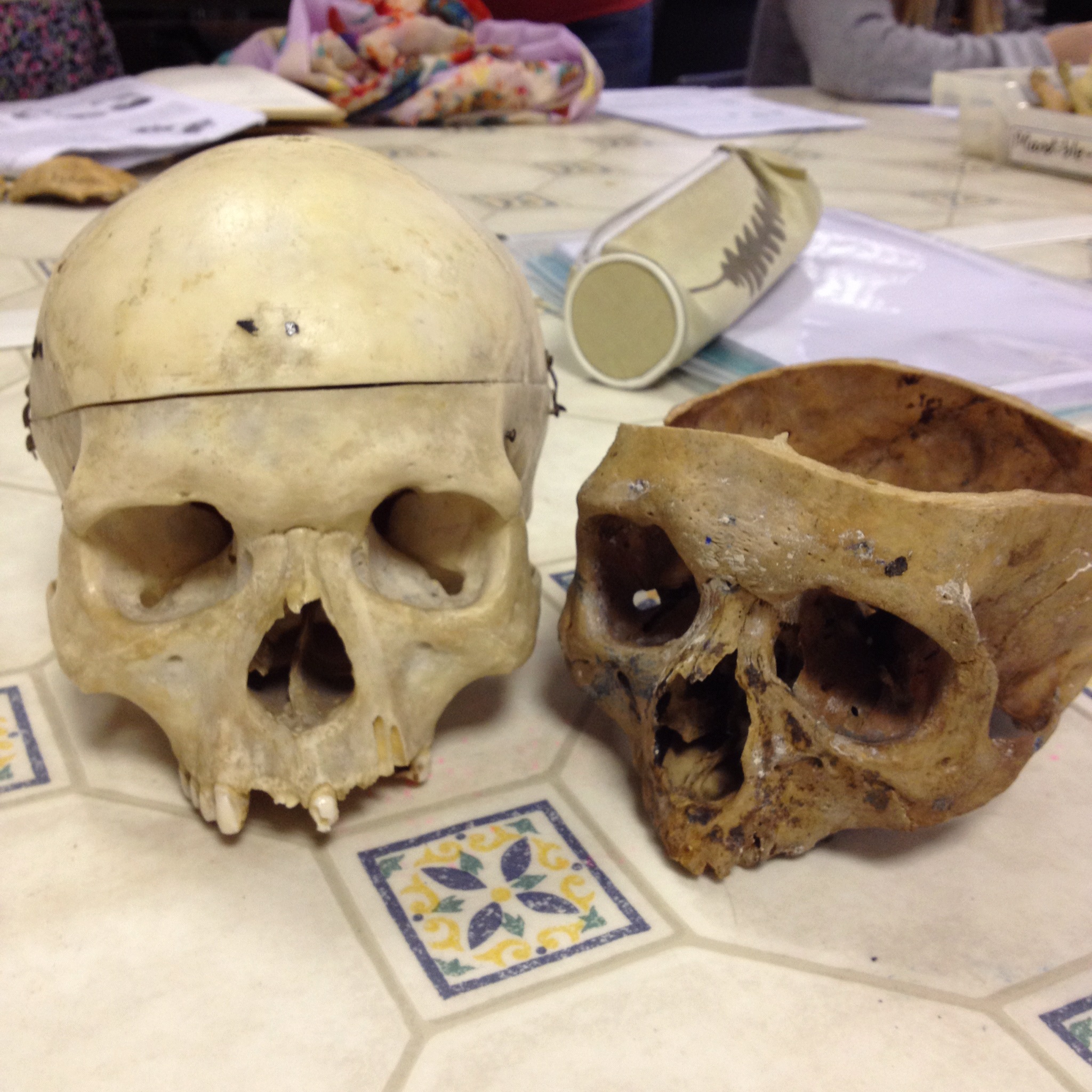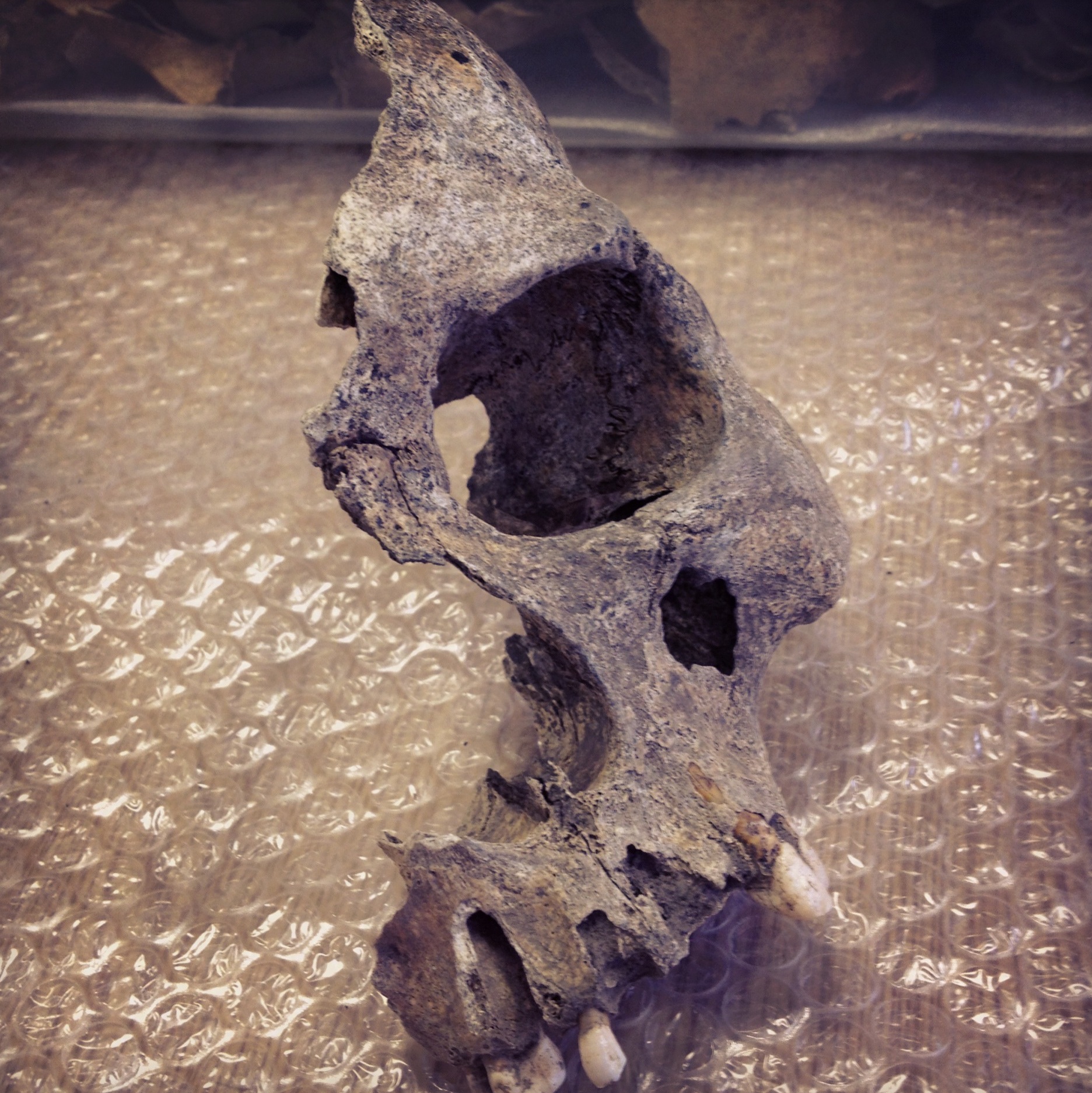Data
Each data set contains data in a specified format, and a materials and methods description. If you need access to a free office suite that can open spreadsheets and text documents, please visit the resources section here.
Information on this page is free to use as long as it is not for commercial gain. Please cite accordingly
----------
Dental metrics
Gellis, Jason Jacob, 2013. Testing Spatial Hypotheses of Mandibular Shape and Form: Relationships of Tooth Crown and Tooth Root Dimensions to Jaw Size in P. troglodytes and G. gorilla.
Adult, mixed-sex chimpanzee and gorilla dental metrics. First mandibular molar and canine crown dimensions. Symphysis and corpus height and width measurements. Special thanks to the The Powell-Cotton Museum, Birchington, Kent, England for access to their collection.
- Materials and Methods (PDF)
- G. gorilla set (tabulated data)
- P. troglodytes set (tabulated data)
----------
Cranial Metrics
Kendrick, James, 2013. Using a Morphometric Craniodental Analysis of Homo habilis to Reappraise Issues Regarding Genus Homo.
My project involved a multivariate statistical analysis of craniodental Homo habilis specimens in order to shed light on their taxonomy and resolve evolutionary problems associated with early Homo. Cranial metrics of H. habilis and A. africanus. Thanks to the Natural History Museum, London, England and the University of Sheffield Department of Archaeology, Sheffield, England for access to their cast collections.
- Materials and Methods (PDF)
- H. habilis, A. africanus cranial metrics (tabulated data)
----------
Russell, Dana J., 2013. The Effect of Maternal Environmental Stressors During Gestation and Infancy on Growth and Development
Fetal and infant (20 weeks gestation – 5 years old) cranial and post cranial measurements from the Foresnsic Fetal Osteology Collection, Coronation Street, South Shields Collection, and Bolsover Collection. Measurements include frontal, parietal, and occipital bone length and width, as well as developmental length of left and right femur, tibia, fibula, humerus, ulna, radius, and sagittal and total length and maximum width of pars basilaris. Additional measurements included: cranial length (from glabella to opisthocranion), cranial bi-parietal width (euryon to euryon), cranial height (basion to bregma), and cranial circumference measured around at the greatest bi-parietal width where available. Also noted are sex, race, and nationality. Thanks to the National Museum of Natural History, Smithsonian Institution, Washing, DC, USA, and the University of Sheffield Department of Archaeology, Sheffield, England for access to their collections.
- Materials and Methods (PDF)
- Growth and Development Metrics (tabulated data)
----------
Additional Data Sets
The Goldman Data Set consists of osteometric measurements taken from 1538 human skeletons dating from throughout the Holocene.
Peter Brown's Australian and Asian Palaeoanthropology
Cranial, dental and postcranial metrics for modern human, ancient human, and primate species.
Detailed information on fossil hominin specimens as well as extant hominoid specimens. Requires login.
Web site providing free metrical data on human fossil teeth.
Database for Indigenous Cultural Evolution (DICE)
DICE is being assembled by University of Missouri students under the direction of Rob Walker and includes data sets and questionnaires describing cultural variation around the world.
PRIMO (PRImate Morphometrics Online), the NYCEP Primate Morphometric database, is a resource for researchers who use metrical (including 3D) data to study aspects of primate morphology and evolution. Requires login.
Compiled data from the fossil record, the lab, and the field, from hominin brain size and femur lengths to ape energy expenditure and ranging ecology. Photos of hominin fossils.
Reconstructing diet in human ancestors and other fossil primates. Doctor Peter Ungar's fantastic website includes a data archive, image database, and software for analyses of dental microwear. Requires login.
MPI-EVA Human Evolution Microtomographic Archive
This microtomographic archive contains scans (and various associated digital derivatives) of fossil and extant primate bone and teeth produced through collaborations between the Department of Human Evolution, Max Planck Institute of Evolutionary Anthropology and various international institutions.



